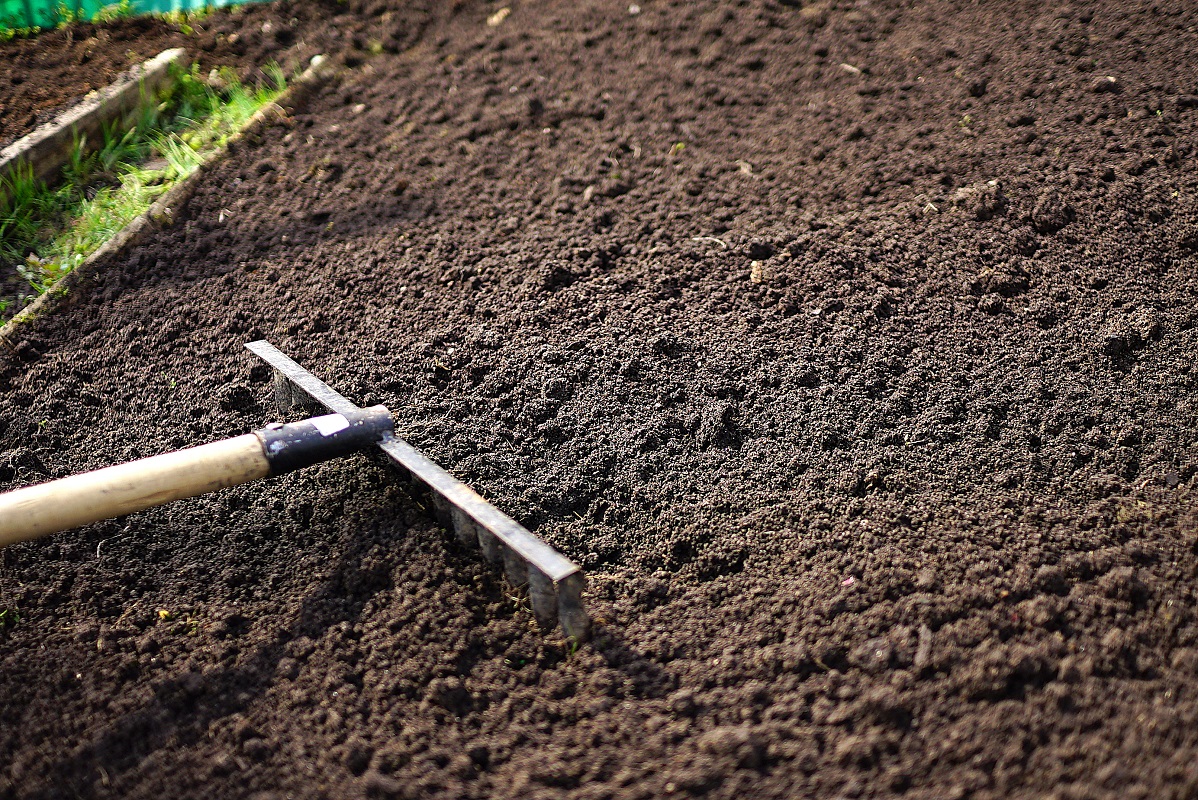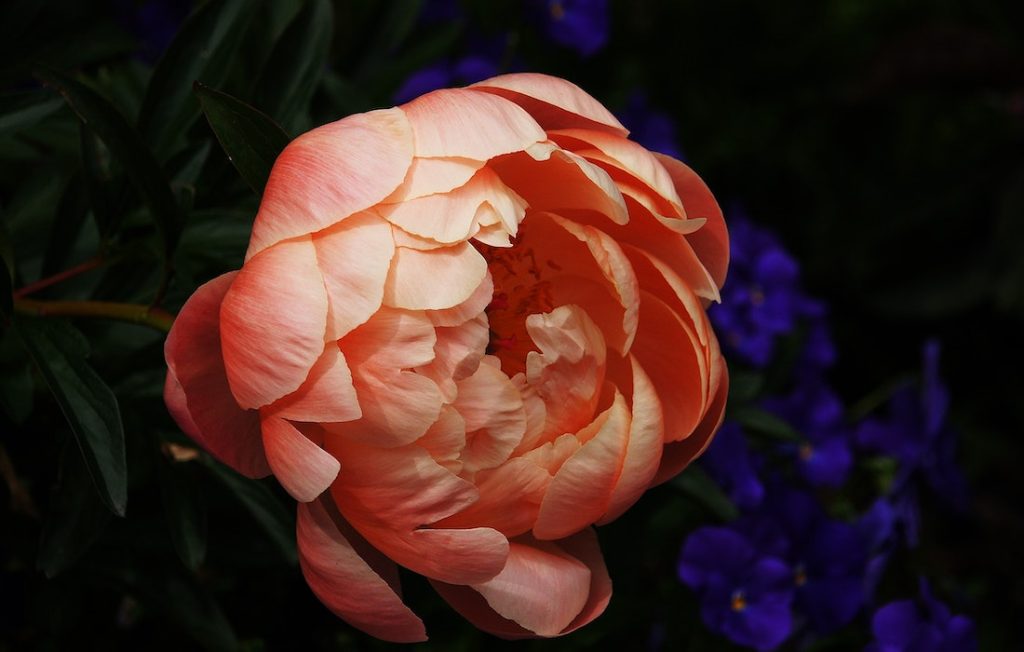Beloved and highly sought-after peonies have become cherished gems in the world of gardens. With the peony market reaching an impressive $522.7 million in 2021, these blooms have captured the hearts of enthusiasts and gardening lovers. Their beauty is evident in the wide range of colors and shapes they offer, making them a perennial favorite in garden landscapes.
However, within this enchanting tale of floral splendor lies a crucial detail: the timing of when to plant peony bulbs. This pivotal aspect is essential in unlocking their full potential for growth and magnificence, elevating the experience of cultivating these captivating blooms.
Know About Peony Bulbs

Peony bulbs are the fundamental method of propagating peony plants, a process integral to their growth and proliferation. Despite the name, these “bulbs” are not conventional but rather sizeable underground roots that stockpile essential nutrients, thus facilitating the early development of nascent peony vegetation.
There are two main types of peony bulbs: herbaceous and tree peonies. Herbaceous peonies go through cycles of growth, with their foliage receding in winter and bursting back to life with vibrant blossoms in spring. On the other hand, tree peonies are like the royalty of the peony world. They grow into woody shrubs and produce large, impressive flowers that are truly stunning.
The best time to plant peony bulbs is in the fall. That’s when you can carefully tuck them into the soil, giving them plenty of time to grow their roots before spring. Just make sure to pick a sunny spot with well-drained soil in your garden for these beauties to thrive!
Tips For Planting Peony Bulbs

Planting peony bulbs can be rewarding, resulting in the stunning blooms that grace gardens with their beauty. If you’re seeking low-maintenance gardening tips while embarking on this journey, here are some essential guidelines to ensure the success of your peony bulb planting project.
Choose a Suitable Location

When choosing where to plant peony bulbs, finding the perfect spot is crucial. Look for an area with plenty of sunlight because peonies love bright conditions. Also, ensure the soil drains well to avoid waterlogging, which can cause root rot. Opting for a sunny and well-drained location helps the peonies grow strong and ensures they’ll stick around for a long time, adding beauty to your garden.
Preparing the Soil
It’s essential to give your peonies a good start by preparing the soil properly to ensure they thrive. Adding compost or organic matter will improve drainage and make the soil more fertile. Peony roots love well-aerated soil that gives them easy access to the necessary nutrients. Before planting, work the soil to a depth of about 12 inches to create a welcoming environment for your peony bulbs.
Planting Depth
Planting peony bulbs at the correct depth is vital for their successful establishment. Ensure that the bulbs are placed no more than 2 inches beneath the soil surface. Planting too deep can hinder their growth and delay their emergence. The eyes, or small pink buds, should be positioned just below the soil’s surface.
Proper Spacing
Proper spacing between peony bulbs is crucial for optimal growth and overall health. You’ll want to maintain a distance of at least 3 to 4 feet between each bulb. This way, you prevent overcrowding and allow enough airflow around the plants, reducing the risk of fungal diseases.
Watering and Mulching
After planting, water the peony bulbs thoroughly to settle the soil around the roots. Once established, water the plants consistently, ensuring the soil remains moist but not waterlogged. Adding a layer of mulch around the plants’ base serves multiple benefits. It helps in retaining moisture, suppressing unwanted weeds, and regulating soil temperature. Doing so will help your plants stay healthy and vibrant.
Care and Maintenance
Implement a routine care regimen to ensure the ongoing health and vitality of your peony bulbs. Regular watering during dry spells, balanced fertilization in the spring, and deadheading spent blooms contribute to vigorous growth and prolific flowering. These low-maintenance gardening tasks promote an environment where your peonies can flourish with minimal effort.
Protecting from Frost
Late spring frosts can be detrimental to emerging peony shoots. To safeguard your peony bulbs, consider using protective coverings such as frost cloth or overturned pots during frost-prone nights. This precautionary measure shields delicate new growth from potential harm, allowing your peonies to thrive undeterred.
Conclusion
Incorporating these key points into your approach to planting peony bulbs can lead to a flourishing and vibrant garden. The satisfaction of nurturing these magnificent blooms is a joy worth experiencing, offering a rewarding connection to nature’s beauty. As you embark on your gardening journey, remember that peonies not only enhance your landscape but also infuse it with timeless elegance and charm, encapsulating the essence of enduring gardening ideas. So, enjoy the process of transforming your garden into a stunning work of art, one peony bulb at a time!





